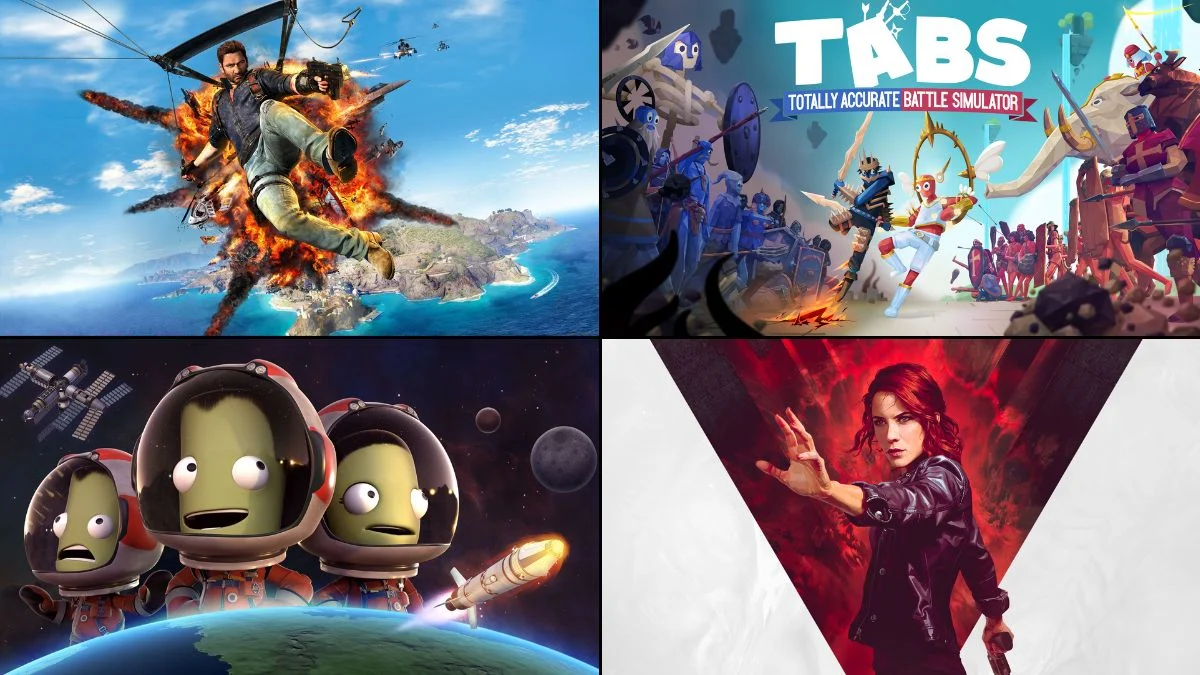
As a huge fan of games where you can really mess around with the world, I’ve been checking out some titles that go beyond just looking realistic. These aren’t just pretty graphics; they’re systems you can actually play with! Think building things only to gleefully knock them down, creating crazy chain reactions, or just enjoying how realistically (or hilariously) things fall apart. These games use things like simulated materials and destructible environments, letting you poke, prod, and generally cause chaos in ways that feel really satisfying. I’ve included who made each game so you can give them credit for all the fun! Seriously, it’s amazing how simple rules can lead to such unexpected and awesome results – definitely worth checking out if you love a good sandbox.
‘Red Faction: Guerrilla’ (2009)
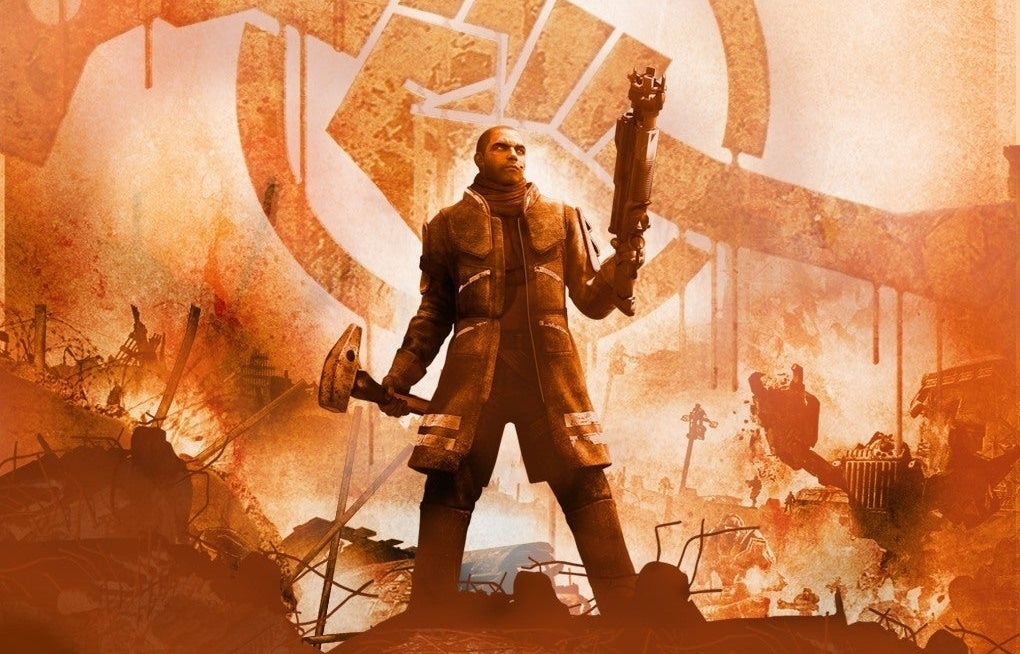
The GeoMod 2.0 engine, created by Volition, uses realistic physics to simulate building destruction. Instead of relying on pre-determined collapse points, structures on Mars crumble based on actual structural stress. Destroying buildings feels like solving an engineering problem – you can remove supports, weaken welds, and realistically bring down entire facilities. Everything that impacts structures – vehicles, explosions, and even a sledgehammer – uses the same physics system, making the debris behave consistently. Published by THQ, the game is still considered a prime example of how to create believable, systemic destruction in open-world games.
‘Just Cause 3’ (2015)

Avalanche Studios created a dynamic and interactive open world by combining realistic explosions, a physics-based grappling hook, and a wingsuit affected by wind. Everything in the game, like fuel tanks and bridges, is built to break apart realistically when damaged. The grappling hook lets you pull objects together or launch them with force, creating spectacular mid-air collisions. Published by Square Enix, the game’s large open world allows for complex chain reactions where the same physics apply whether you’re on land, at sea, or in the air.
‘Teardown’ (2022)
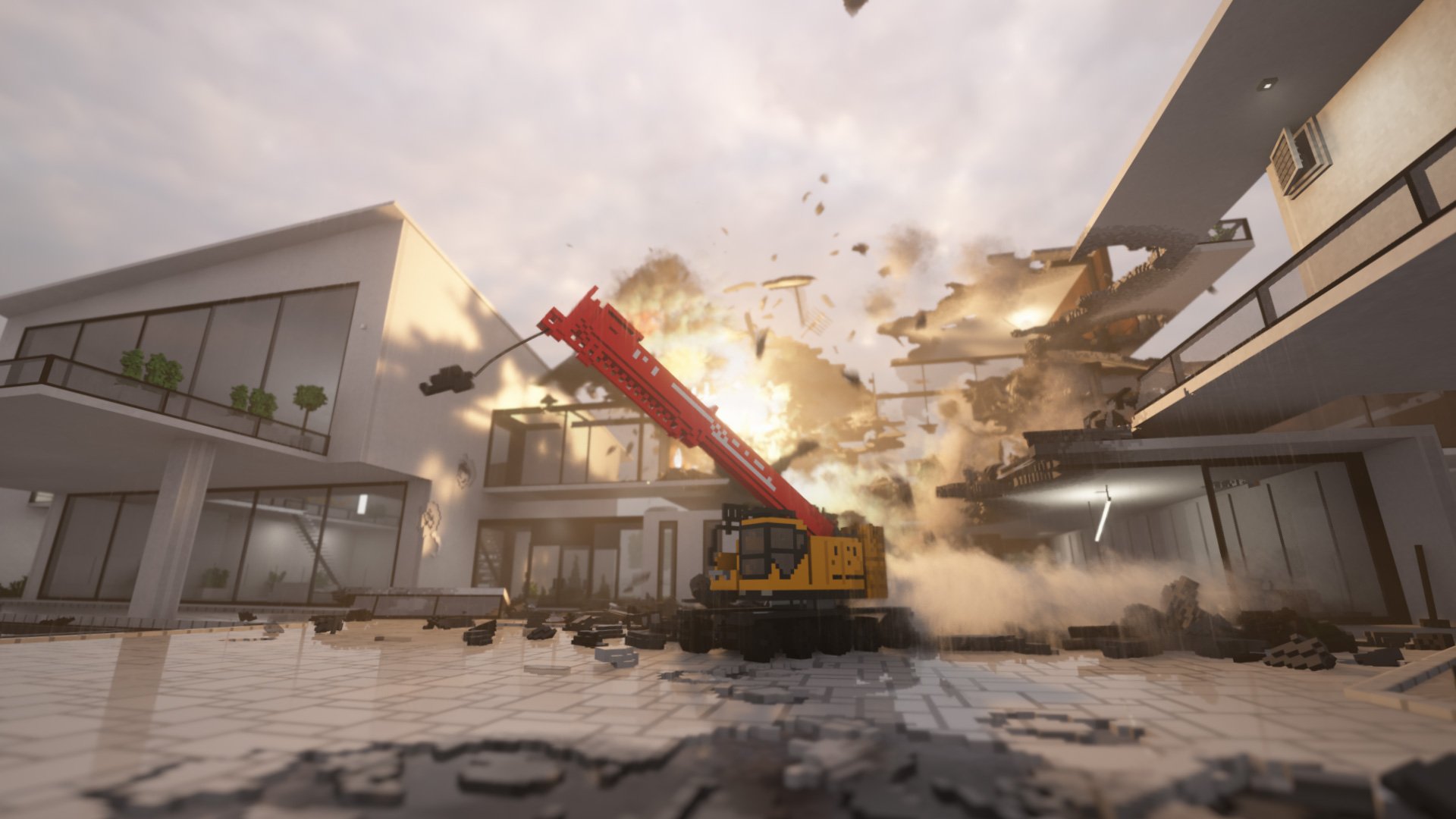
Everything in the game – walls, floors, objects – is made of tiny, destructible blocks called voxels. This means you can completely destroy environments. Explosions create holes, fire spreads realistically, and debris forms piles you can use to build or clear paths. Planning heists involves changing the level itself – creating shortcuts by reshaping the map before setting off alarms. Because everything is simulated with the same physics, vehicles, rubble, and smoke all behave predictably, allowing players to create complex chain reactions and inventive solutions.
‘Besiege’ (2020)
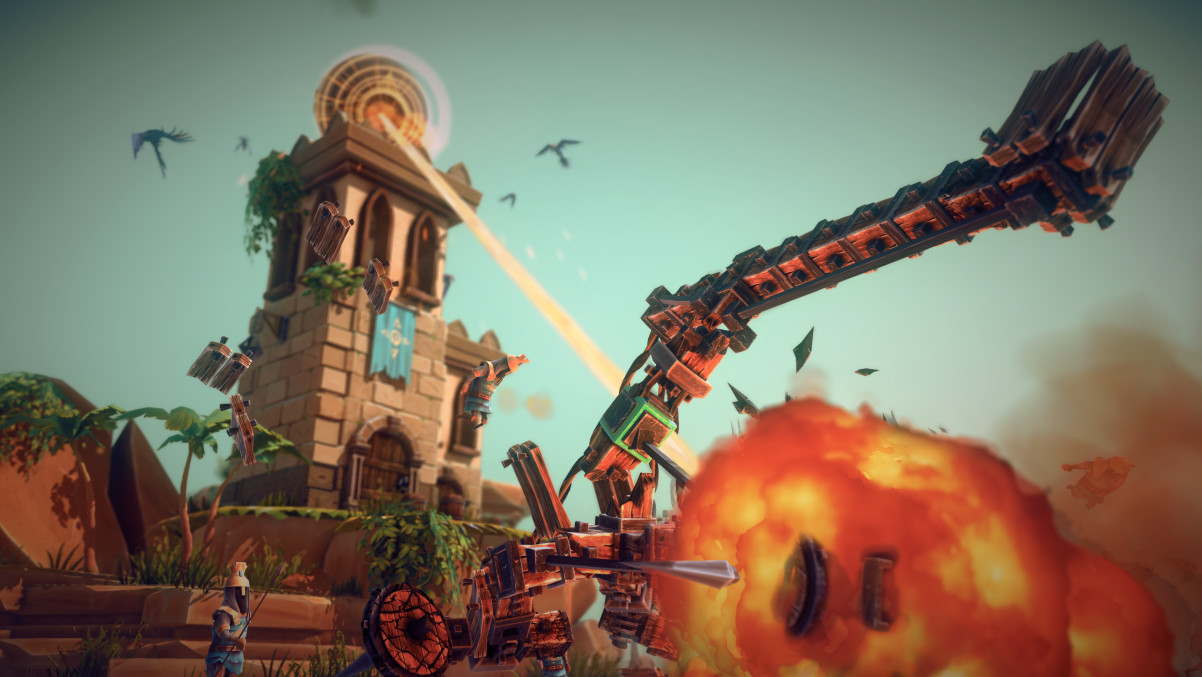
Spiderling Studios developed a building system where wooden parts connect with joints, realistically responding to forces like twisting and bending. How well your creations survive depends on how strong you build them and how evenly the weight is distributed. Everything – from moving parts to collisions with the environment and enemies – uses a consistent physics system, allowing for accurate simulations of things like flails, catapults, and rotors. Both the story campaign and the free-build mode encourage players to design carefully, using principles inspired by real-world physics.
‘Kerbal Space Program’ (2015)
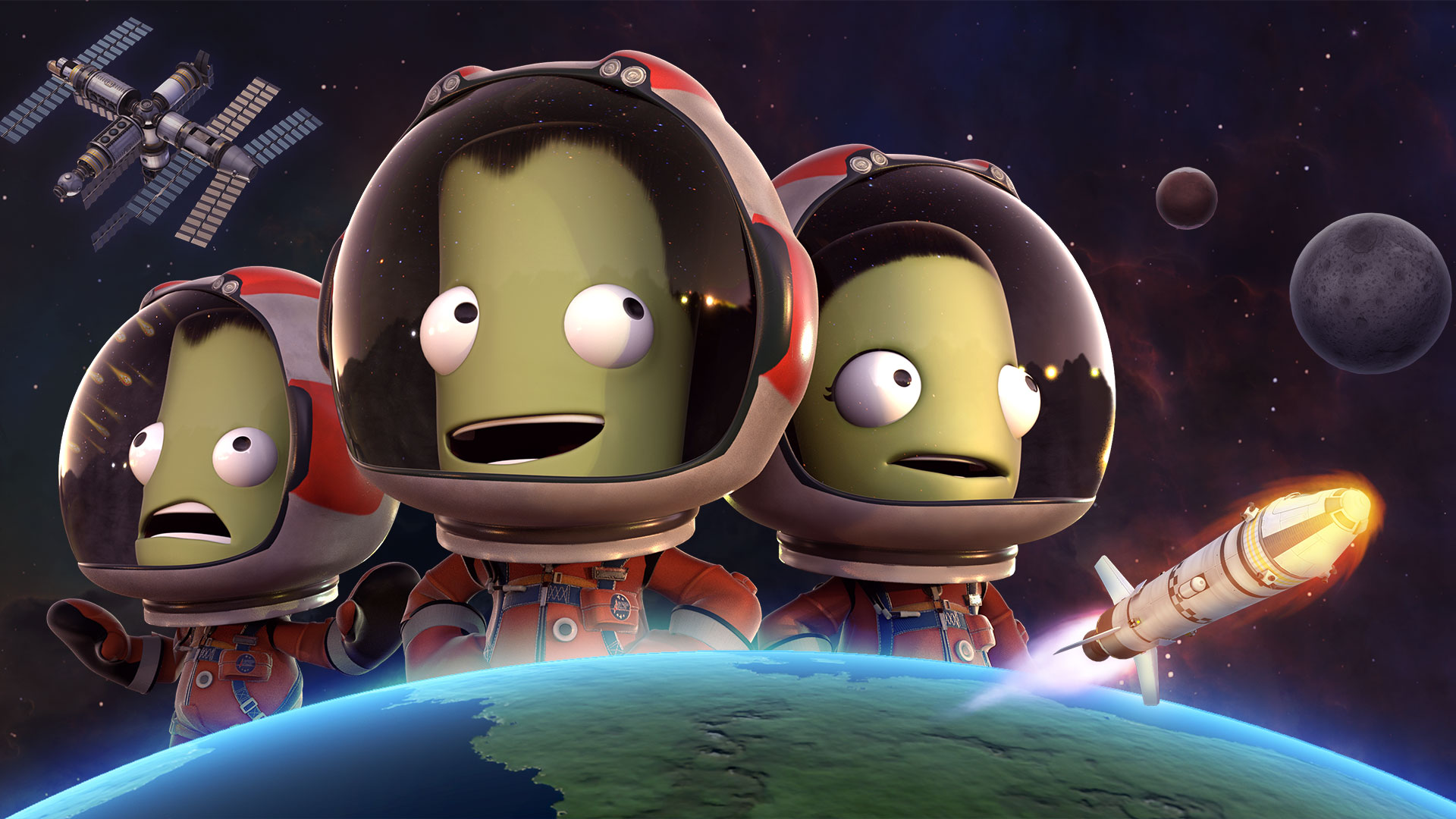
Squad’s orbital simulator accurately recreates spaceflight with realistic physics. It uses a method called patched-conics to simulate how planets and rockets move, making proper staging and aiming crucial. The game also models aerodynamics – drag and lift affect how your spacecraft behaves, so things like fairings and the angle you re-enter the atmosphere matter. Plus, the structural integrity of your rocket is important; poorly designed parts can wobble or break during flight, creating challenging problems to solve. Published by Private Division, this full release establishes the game as a truly realistic and dynamic physics sandbox for space exploration.
‘BeamNG.drive’ (2015)
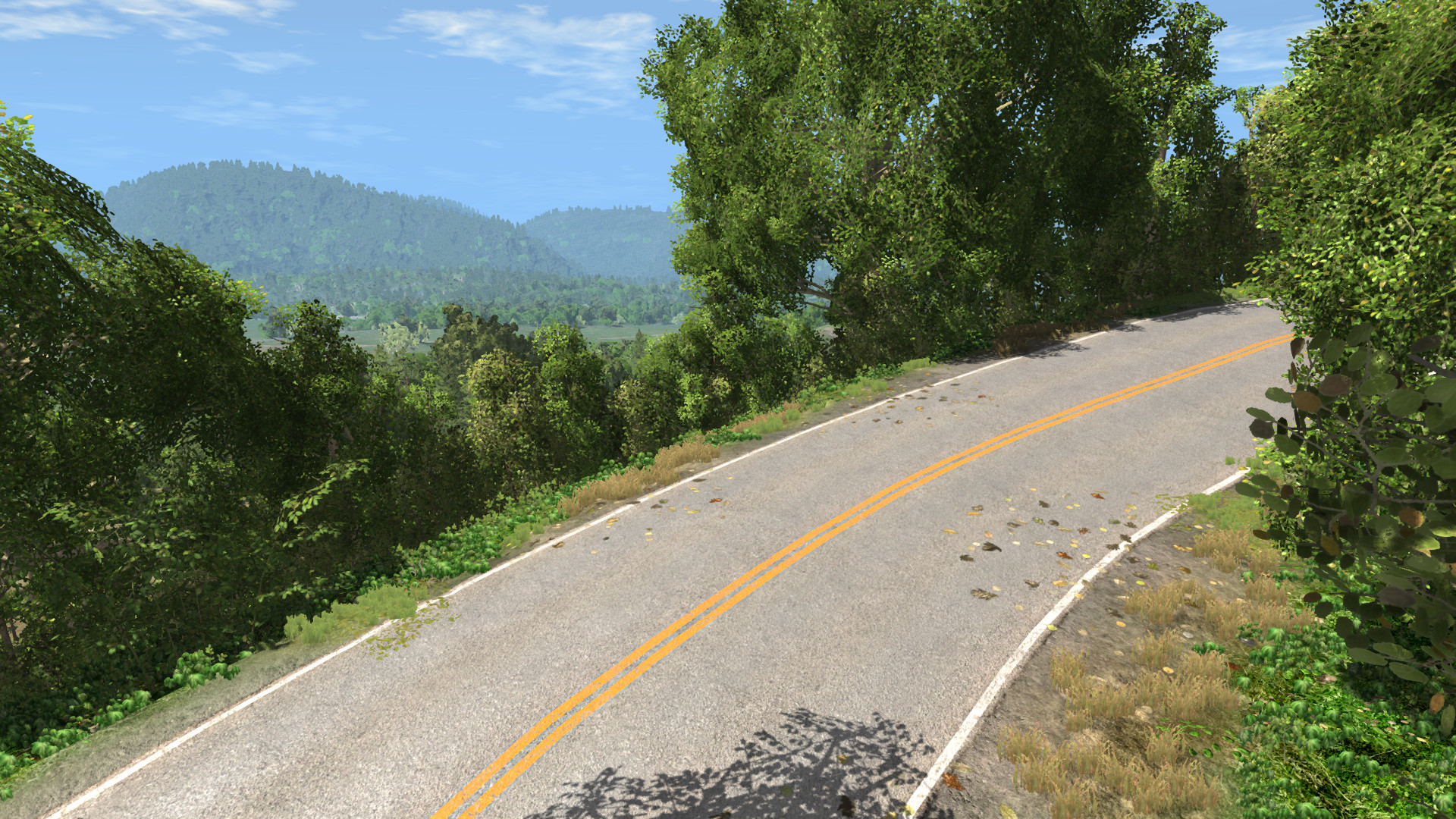
BeamNG’s unique engine realistically simulates vehicles by modeling them as flexible networks of interconnected parts. This allows for authentic behavior of features like crumple zones, suspension, and vehicle frames. When vehicles collide, the damage is lasting and affects how they drive, cool, and stay aligned – meaning every impact changes the physics for future events. The same realistic physics apply to everything in the environment, including terrain, objects, and tow cables, making rollovers, winching, and complex stunts feel incredibly real. The game showcases how a vehicle’s weight, grip, and speed work together in a believable way.
‘Wreckfest’ (2018)
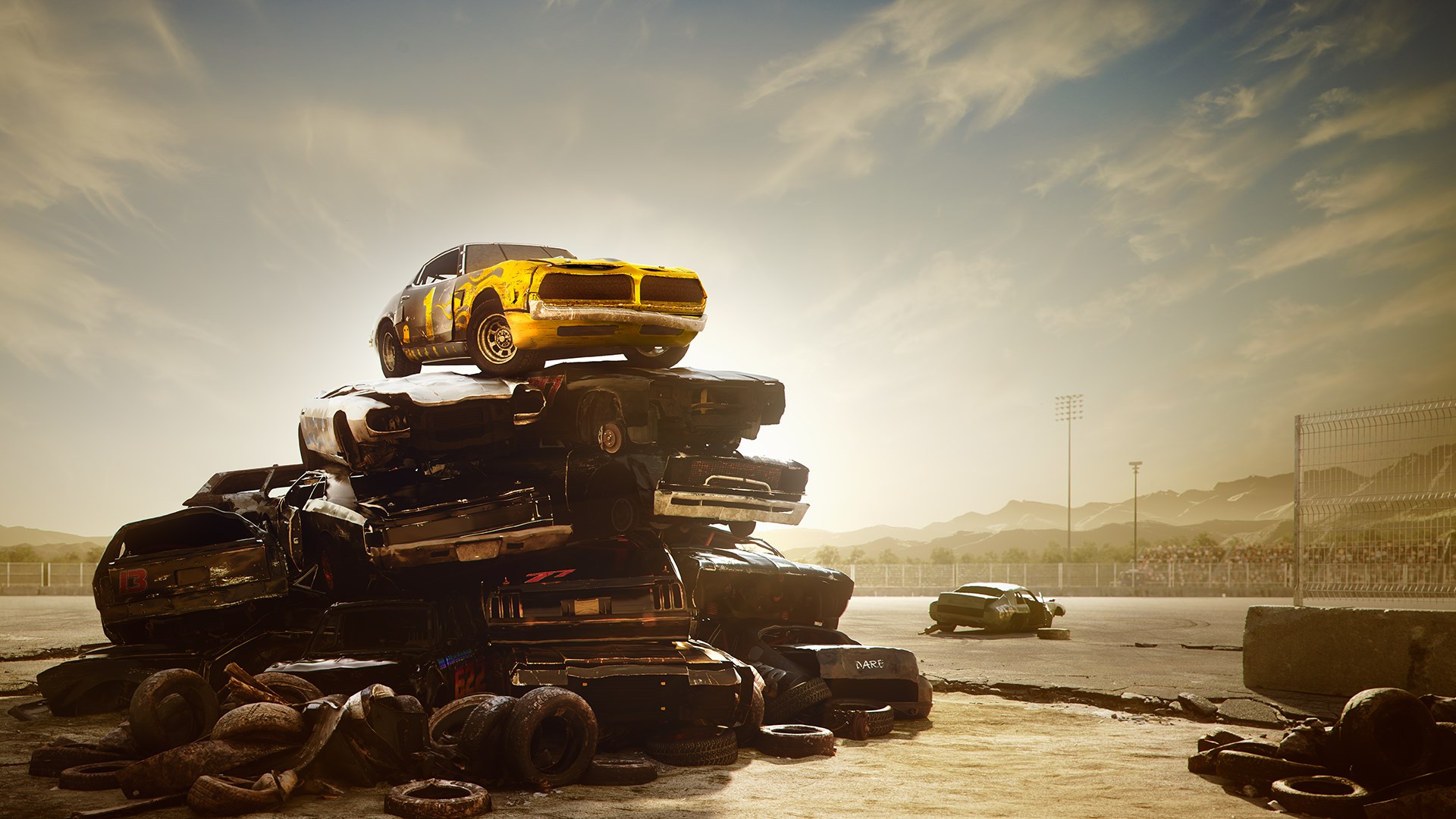
Bugbear Entertainment’s racing game focuses on realistic physics, simulating how weight shifts, suspensions move, and bodies deform during impacts. Crashes actually change the shape of vehicles, affecting how they handle and steer throughout a race. Everything on the track – like tires, fences, and barriers – is fully simulated, meaning crashes create unpredictable and evolving obstacles. Published by THQ Nordic, the game combines incredibly satisfying crash effects with solid driving mechanics, ensuring the action remains exciting and understandable even amidst the chaos.
‘Half-Life 2’ (2004)
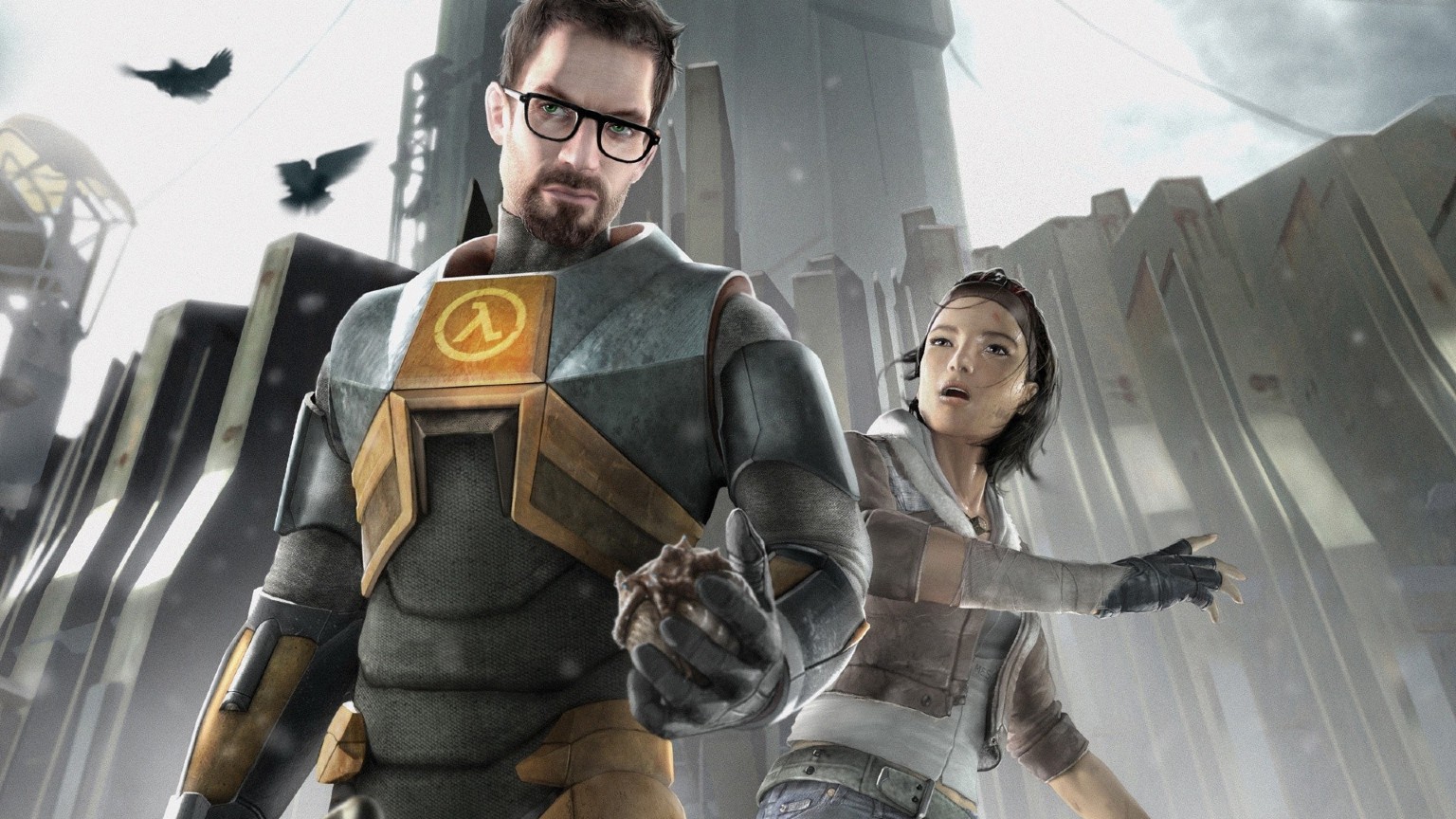
Valve’s Source engine revolutionized first-person puzzle games by adding realistic physics. The famous Gravity Gun lets players throw objects with weight and force, making them behave naturally. Puzzles also involve floating items and things like seesaws and breakable floors, all based on how real-world physics works. This creates a consistent experience where interacting with the environment is key to both solving puzzles and fighting.
‘Portal 2’ (2011)
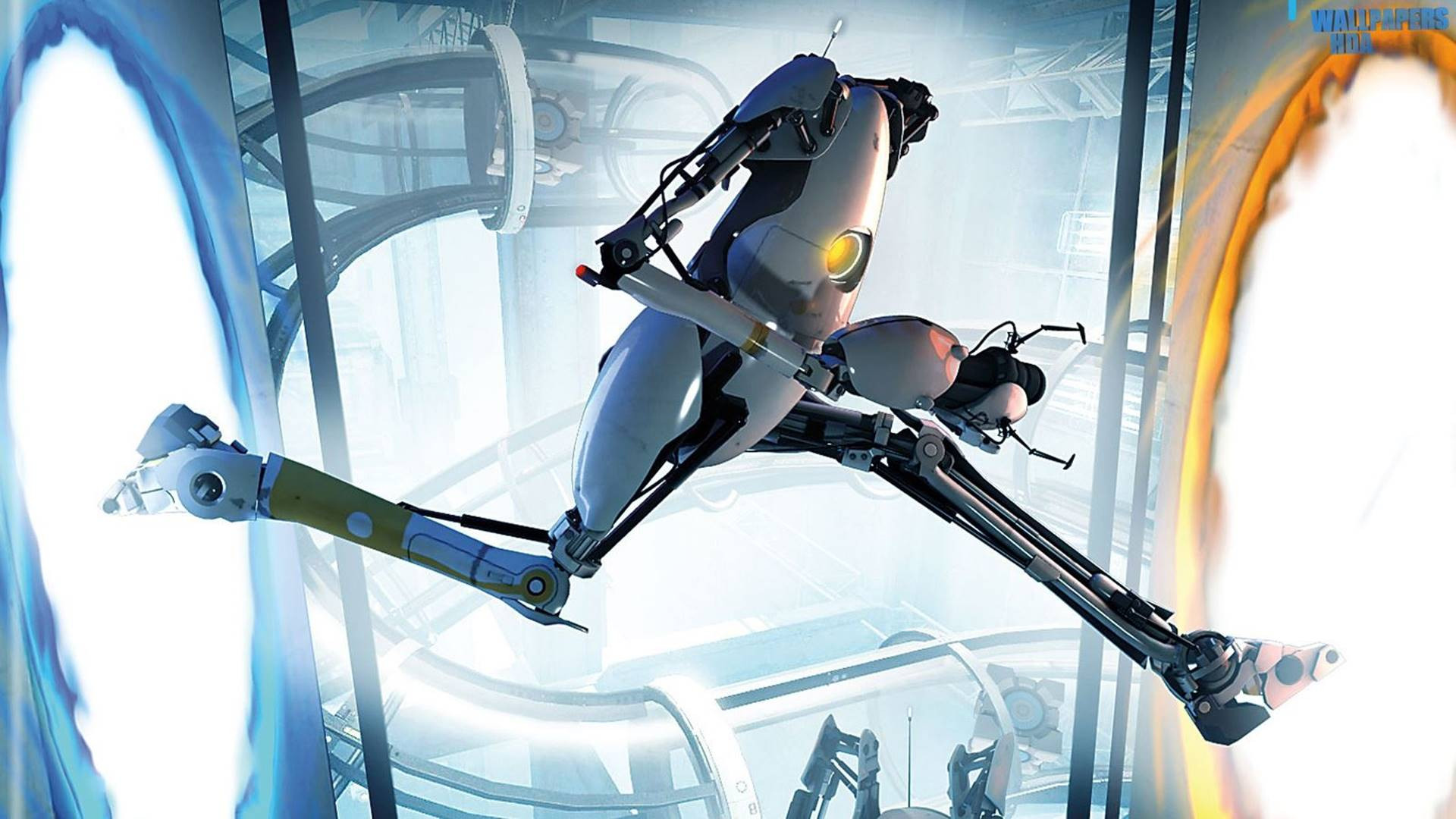
Valve enhanced its physics engine with special gels that change how surfaces behave. One gel makes things slippery and fast, while another makes them bouncy. Everything – boxes, lasers, and funnels – reacts to forces in a predictable way, so complex machines work consistently. Portals work by preserving momentum, allowing players to cleverly turn drops into horizontal movement. The co-op mode introduces challenges that require precise timing and coordination, all built on the same reliable physics simulation.
‘Noita’ (2020)
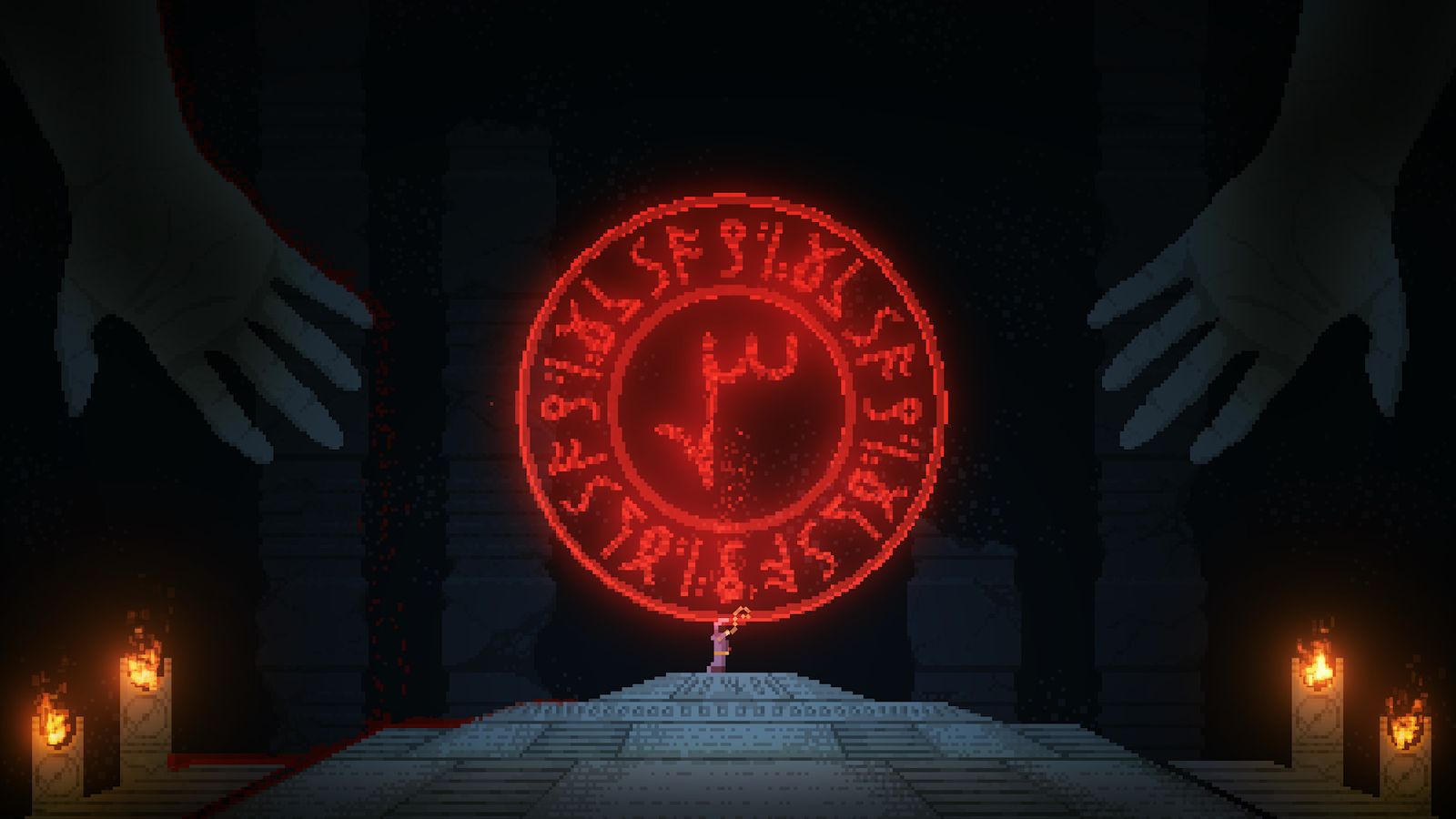
Nolla Games creates a world where every pixel behaves like a real material, with its own temperature, form, and how well it conducts energy. Fire, water, and gas flow and react realistically, causing things like steam explosions, collapsing caves, and poisonous floods. Spells aren’t just effects – they’re like building blocks that affect materials in predictable ways, letting you drill, freeze, or electrify the ground and permanently change it. Each attempt at the game is different, but it’s always based on the same consistent rules.
‘Human: Fall Flat’ (2016)
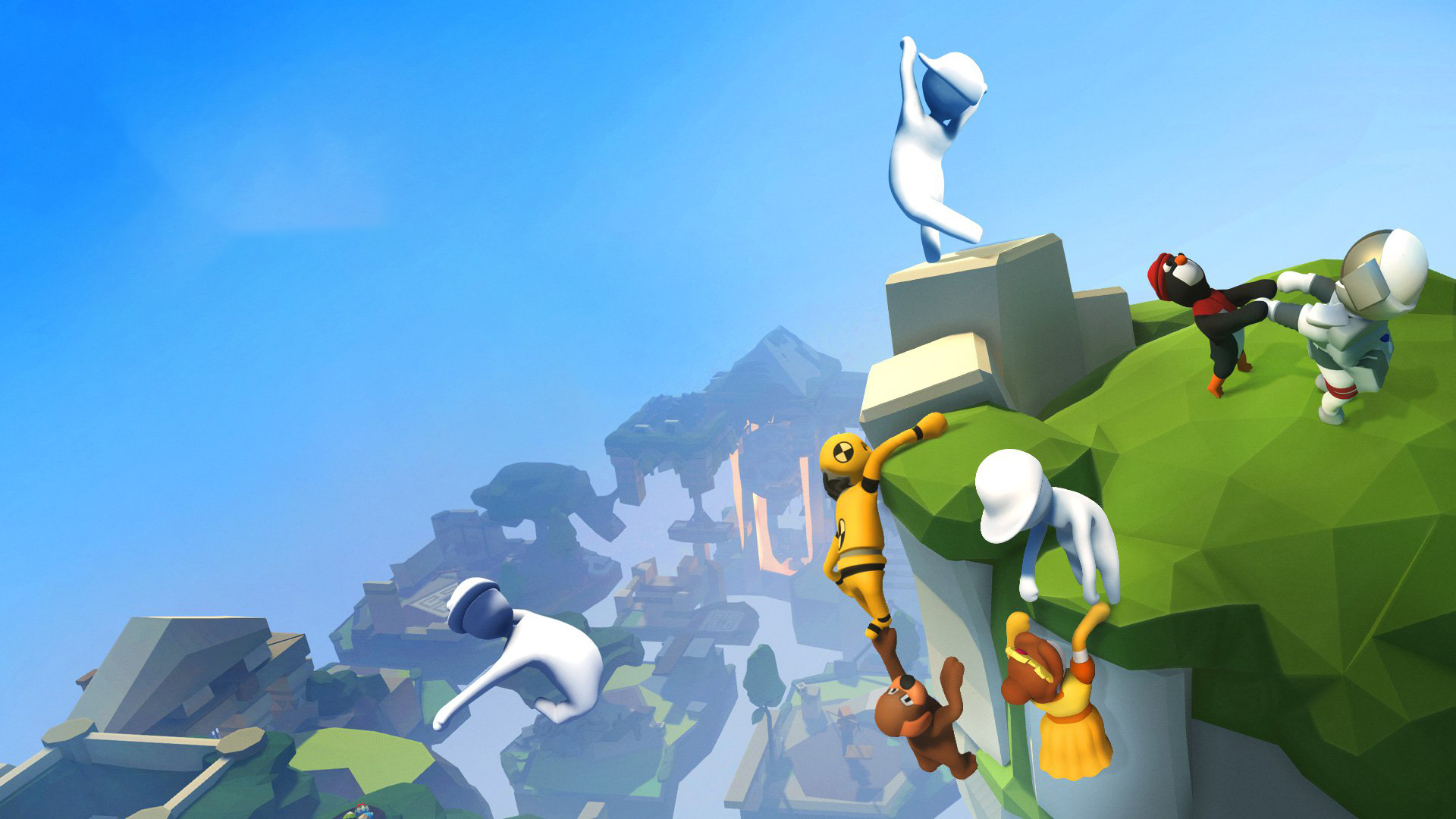
No Brakes Games created a unique platformer where realistic physics are central to how you move. You control each hand separately to grab and swing, and things like weight, balance, and friction affect every action. The game, published by Curve Digital, makes teamwork and creative problem-solving feel natural because everything follows consistent physical rules. Managing your momentum is key to success.
‘Gang Beasts’ (2017)

Boneloaf’s fighting game features limbs connected with flexible joints, creating realistic and consistent grappling and throwing mechanics. Winning isn’t about memorizing moves, but about understanding physics – knockouts, hanging from ledges, and using the environment all depend on positioning and leverage. The arenas include breakable objects and moving platforms that add unpredictable elements to close-quarters combat, turning fights into experiments with momentum, grip strength, and balance.
‘Totally Accurate Battle Simulator’ (2021)
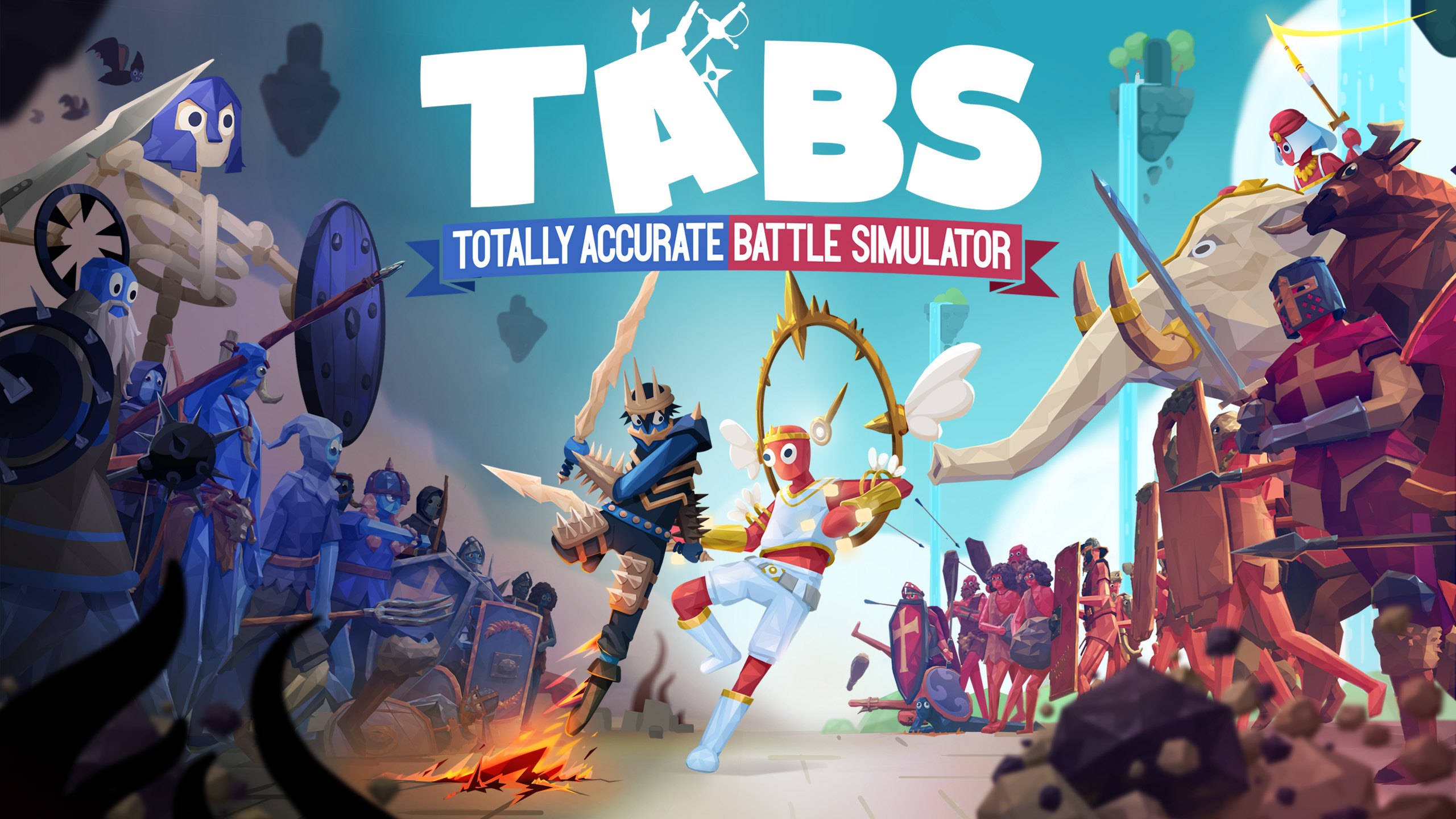
Landfall Games’ battles feel dynamic because characters move realistically with a system that calculates how weight and force affect their actions. When weapons hit, it’s a true collision, not just a pre-made animation. The way units are positioned and the environment around them matter, as impacts can create chain reactions through groups. This system means that even if you watch the same battle multiple times, it will unfold slightly differently each time, but always based on realistic physics.
‘Totally Reliable Delivery Service’ (2020)
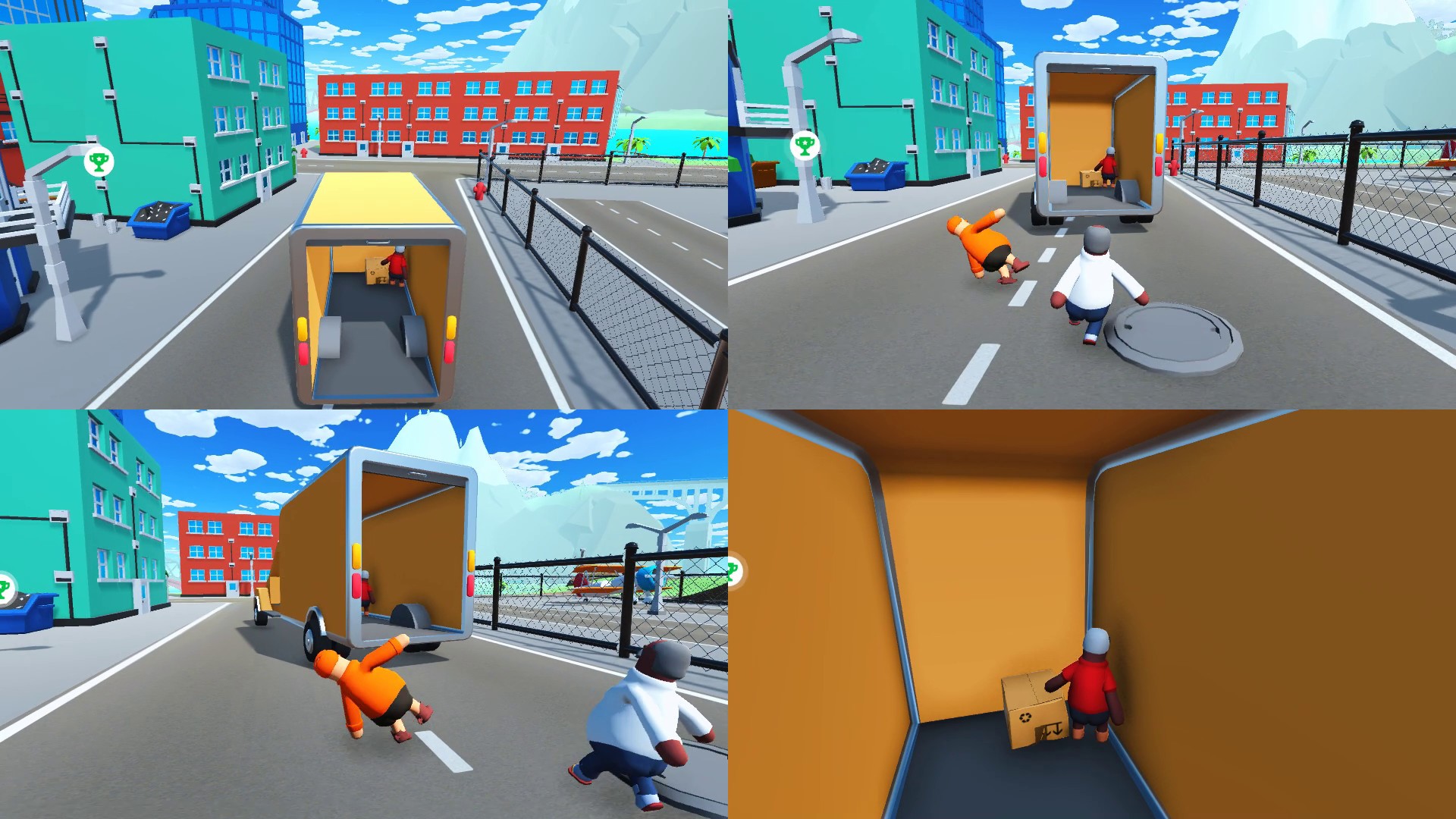
In We’re Five Games, the humor comes from a unique driving system where vehicles feel realistically affected by forces like torque, drag, and collisions. Everything – both the vehicles and the packages they carry – obeys the same physics, meaning how weight is distributed and how you control the speed directly impacts stability. Playing with friends turns deliveries into chaotic experiments with ropes, winches, and balancing to prevent your cargo from falling apart. The game was published by tinyBuild, and the levels are specifically designed to create surprising and funny interactions between vehicles and the objects around them.
‘Control’ (2019)

In Remedy Entertainment’s game, the environment – an office building called the Oldest House – is fully destructible. When things are hit, concrete, glass, and furniture break apart realistically. The game uses physics to determine how objects move when thrown with telekinesis; heavier items have more impact. Broken pieces stay in the world and can be used again, meaning battles change as cover is destroyed and debris piles up. 505 Games published the game, highlighting its impressive and consistent physics-based destruction effects.
‘Battlefield: Bad Company 2’ (2010)

The Frostbite engine, developed by DICE, allows for incredibly detailed destruction in games. Walls can be chipped away bit by bit, while entire buildings can realistically crumble under stress. Explosions and tank fire create dynamic holes, changing the battlefield and available cover. Realistic ballistics, including bullet drop and travel time, mean players need to account for distance and movement when shooting, especially as the terrain changes. Electronic Arts published a game using this engine that became well-known for its large-scale, physics-based destruction in multiplayer.
‘Tom Clancy’s Rainbow Six Siege’ (2015)

The developers at Ubisoft Montreal designed realistic combat in the game by focusing on how bullets and explosions interact with different materials. Bullets can create holes or completely break through walls, and gadgets can blast open lines of sight. How things break—like barricades, floors, and hatches—depends on what you use and how you attack. Ubisoft made sure the game’s competitive scene is built on consistent and predictable destruction, so players can master these mechanics.
‘The Legend of Zelda: Tears of the Kingdom’ (2023)
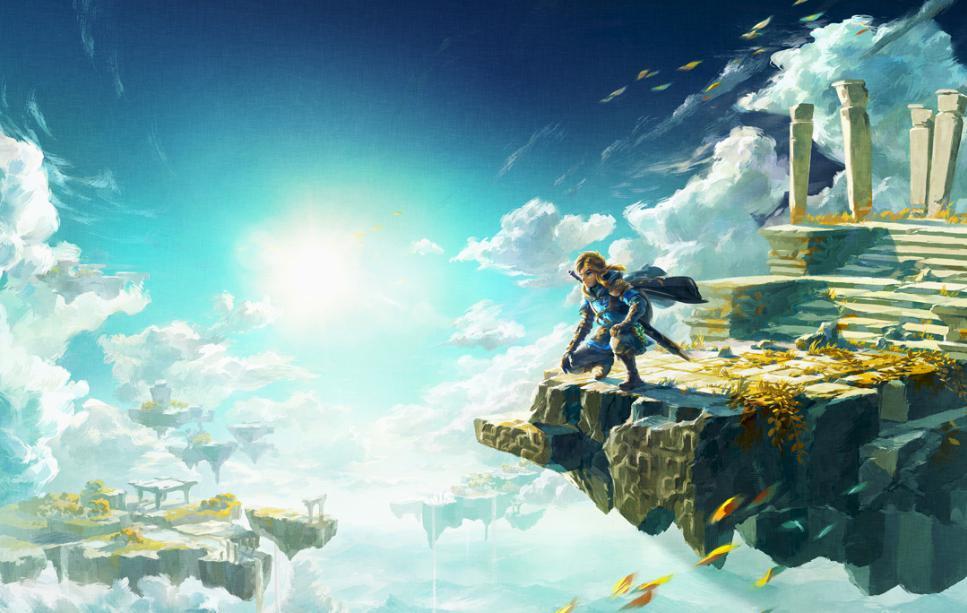
In the world of the game, Ultrahand and Fuse allow players to build vehicles that move according to realistic physics. Players combine different parts – like fans, rockets, and wheels – to overcome obstacles and battle enemies. The game’s physics engine accurately simulates things like friction, buoyancy, and how objects connect, making creations behave predictably on land, in the air, and in water. Nintendo created this game, building upon the innovative building system introduced in the previous title.
‘Goat Simulator 3’ (2022)

Coffee Stain North’s game features over-the-top, realistic ragdoll physics. Everything – props, vehicles, and even the goat – interacts with each other consistently, leading to wild chain reactions. You can use the goat’s tongue to pull objects around and create spectacular, chaotic scenes. The developers at Coffee Stain Publishing specifically designed the game to encourage players to experiment and create as much mayhem as possible.
‘Universe Sandbox’ (2015)
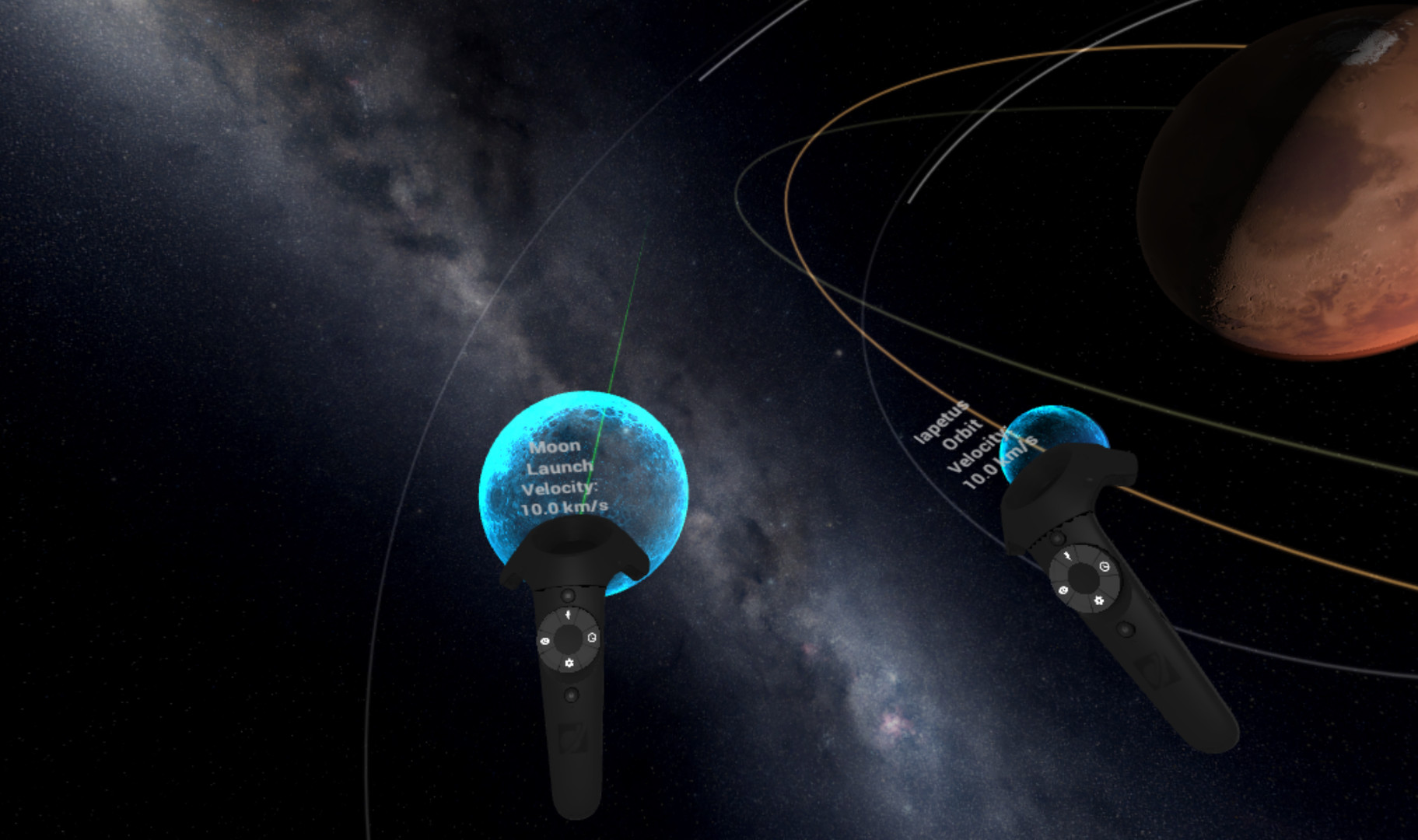
Giant Army lets you simulate realistic space environments, including gravity, the way stars behave like fluids, and how planets orbit. Planets can collide, creating debris that changes over time, and the simulation accurately tracks momentum and mass. You can even adjust fundamental physics settings like constants, material makeup, and temperature to see if you can create stable systems – or watch them fall apart. What’s unique is that the same physics engine governs everything from moons and planets to entire galaxies, making complex simulations understandable.
Share in the comments which physics game let you create the most amazing chain reaction, and what surprising combination of things started it all!
Read More
- Silver Rate Forecast
- Gold Rate Forecast
- USD RUB PREDICTION
- Dividend Stocks & My 5-Year Survival Plan 📉
- Bitcoin Fever and the Strategy Stock Plunge
- The Best Stocks to Invest $1,000 in Right Now
- Better Buy: Dogecoin or Shiba Inu? The Answer Might Surprise You.
- Peacemaker Season 2 Trailer Drops at Comic-Con With Multiverse Twist
- Eli Lilly’s $856M Wager: Buy or Beware?
- C3.ai’s Agentic AI Surge: A Portfolio Manager’s Cosmic Note
2025-11-15 10:17